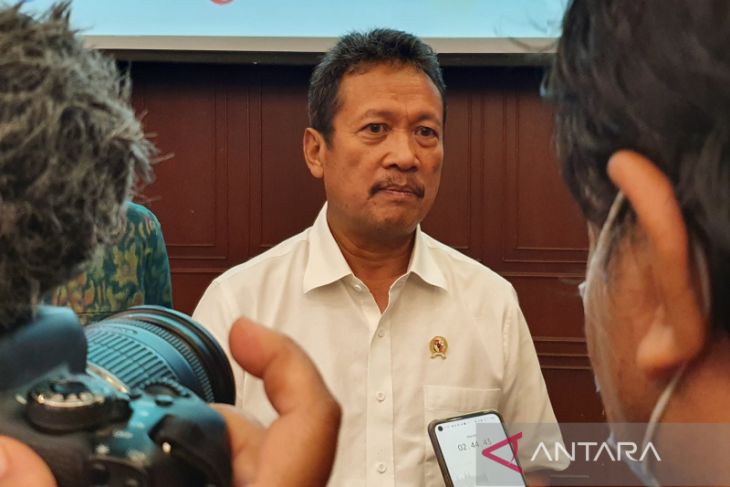SEMARANG – The Indonesian Government is preparing a legal foundation for implementing the blue economy strategy, which pays attention to ecology and maritime ecosystems to realize healthy, safe, resilient, and productive oceans.
“The legal foundation is being prepared, hopefully, it can be completed soon,” Maritime Affairs and Fisheries Minister Sakti Wahyu Trenggono said after a briefing on the implementation of blue economy strategy in the fisheries sector, in Semarang, Central Java, on Sunday.
Once there is a legal foundation, Trenggono said, the blue economy strategy will be piloted in several regions first before it can be implemented thoroughly.
“It will not be applied massively but with a trial first. If it is good, it will be implemented (widely). So, the sustainability of the marine ecosystem will run well, and fishers will benefit (from it),” he said.
Trenggono emphasized that the application of the blue economy strategy is a form of the government’s support for traditional local fishers.
“We (the government) want to side with them, one of which is by reviving economic growth, so that fishers can develop,” the minister explained.
Five points of the blue economy strategy include expanding conservation areas, with a target of 30 percent of the total area of the Indonesian waters.
Secondly, quota-based fish catching and establishing conservation zones in six fishing zones.
The third is the Love Ocean Month “Bulan Cinta Laut” program, where the role of fishers in marine waste management is accentuated. Fourth, the arrangement of marine space for the protection of coastal and marine ecosystems, and fifth, the utilization of the marine resources balance to measure the sustainability of marine resources.
Moreover, there are cultivation policies that aim to reduce the number of catches, so that certain fish populations can be maintained.

